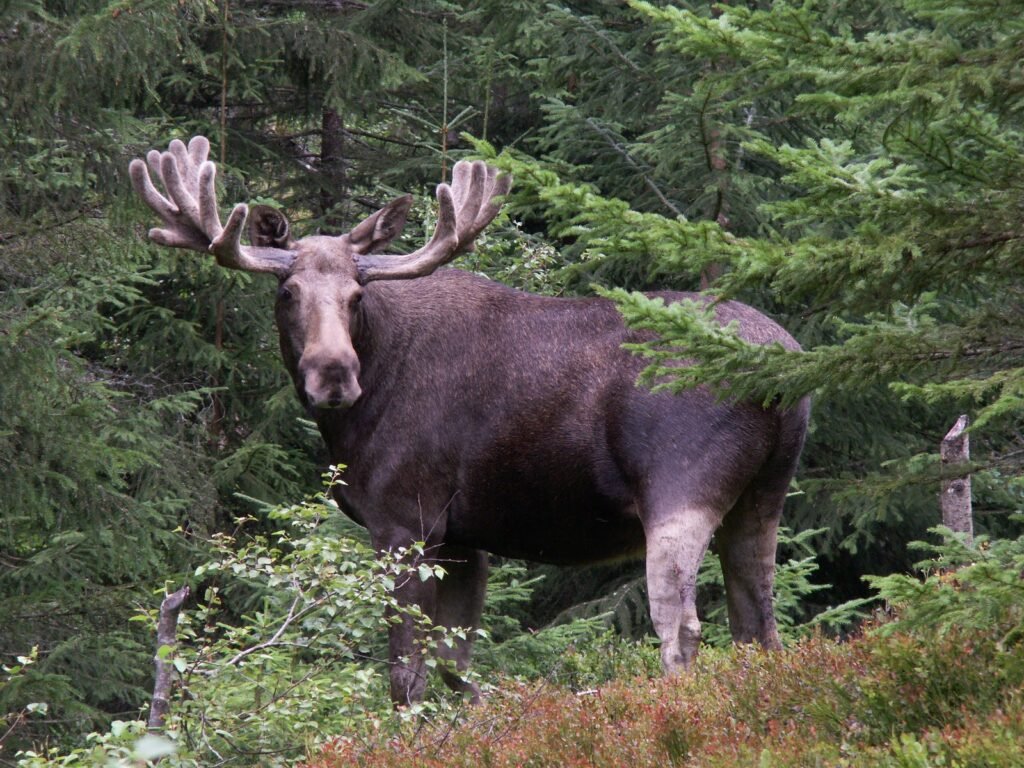In the hills above suburban neighborhoods across California, something is happening that would have shocked residents just a generation ago. Mountain lions are coming inside homes and hopping onto kitchen counters. These apex predators seem less wary of humans than ever. What was once unthinkable has become an unsettling reality – California’s legendary cougars are pushing deeper into suburbia, and the reasons why paint a complex picture of a state where wild meets urban in increasingly dramatic ways.
The situation has reached a critical point, with reported increases in attacks on domestic animals in some Northern California counties. But the story behind these numbers reveals something far more profound than simple wildlife aggression.
The Big Picture: When Wilderness Meets Subdivision
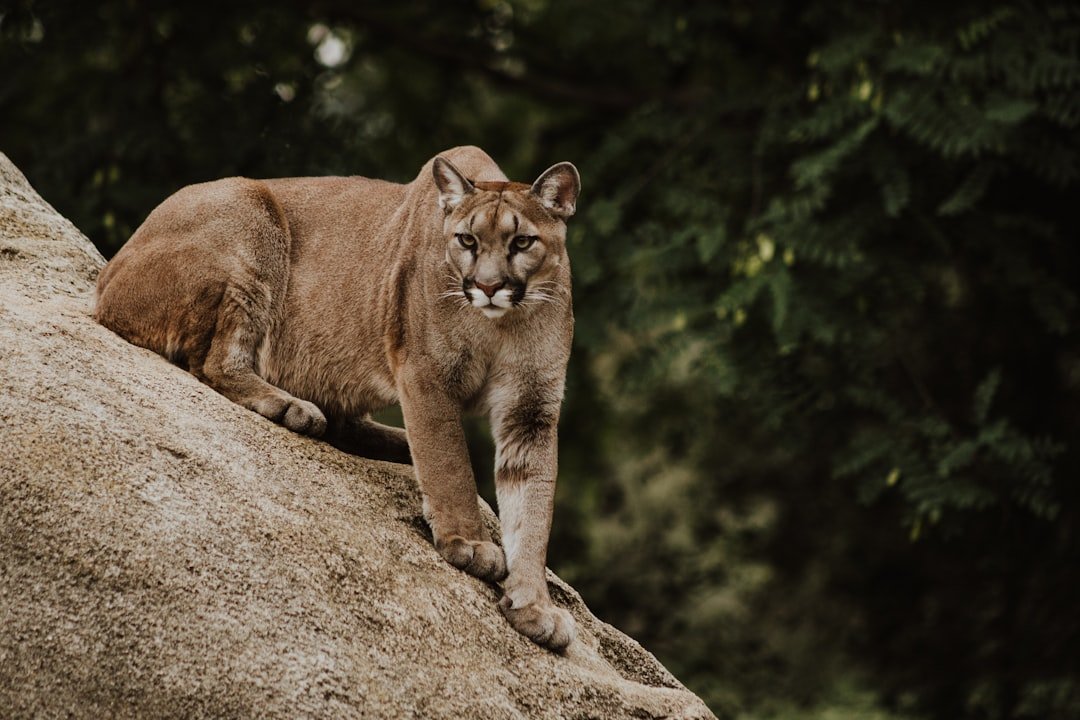
California’s mountain lion problem isn’t really about mountain lions at all – it’s about us. DNA samples show the region’s genetic bottleneck dates back about 80 years, coinciding with a period of tremendous human sprawl. As one geneticist put it, “It’s us, people, impacting these environments.”
The numbers tell a stark story. Over the last 20 years, San Diego County has seen significant increases in developed areas and impervious surfaces, along with substantial decreases in forested areas. Imagine trying to navigate your neighborhood after someone randomly placed walls and barriers everywhere – that’s essentially what we’ve done to mountain lion territory.
Fragmented Lives: The Highway Problem
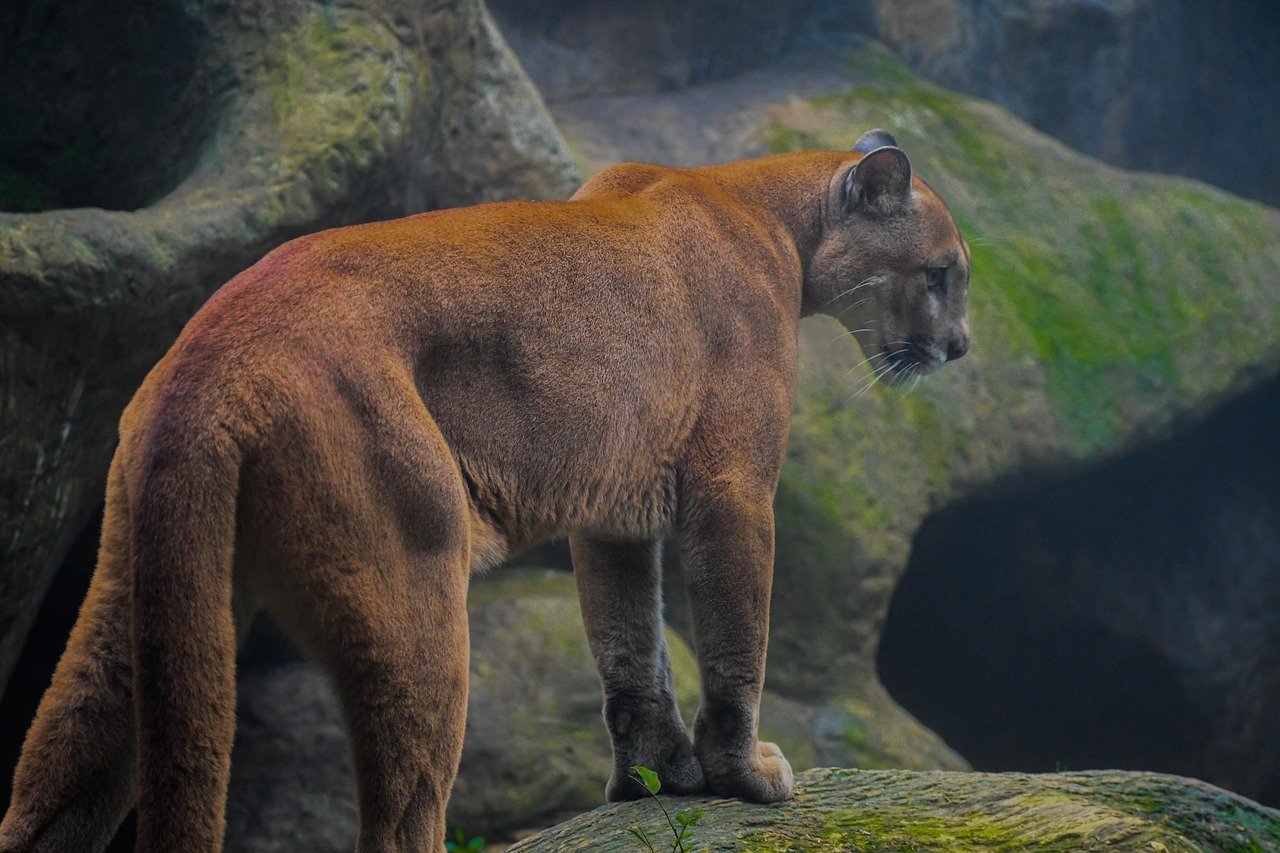
Picture this: you’re a young mountain lion trying to establish your territory, but massive eight-lane highways slice through your world like concrete rivers. Camera traps revealed that it is nearly impossible for mountain lions to cross I-15, essentially cutting off the small Santa Ana population from the rest of the Peninsular Ranges.
In late 2023, conservationists protected a 1,125-acre property to enhance wildlife connectivity in a stretch of road where four mountain lions had been hit by vehicles. These aren’t just statistics – each roadkill represents a young lion that couldn’t find its way around our infrastructure. It’s like trying to navigate a maze where the walls keep growing taller.
The Genetic Squeeze: Inbreeding Crisis
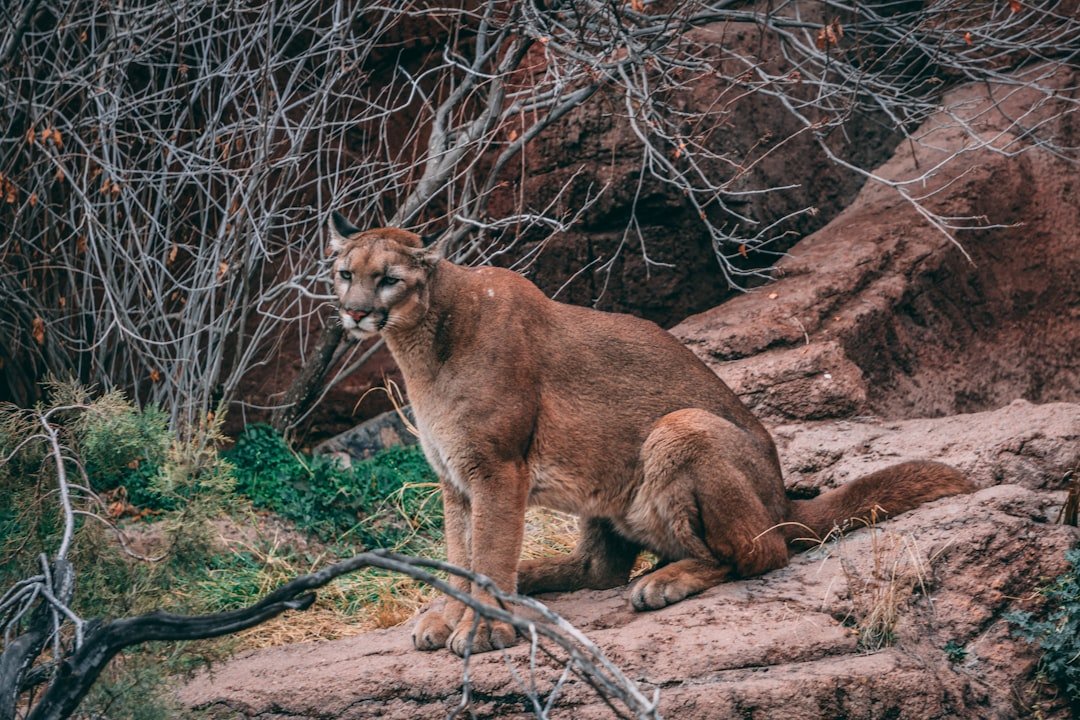
Here’s where things get really concerning. Mountain lions in the Santa Ana Mountains southeast of Los Angeles are only about half as genetically diverse as more robust populations in the Rockies. When populations become isolated, they’re like small towns where everyone is related – eventually, there aren’t enough genetic options.
This dangerous inbreeding and genetic-diversity decline is leaving some mountain lion populations vulnerable to extinction. In fact, some could disappear in just 15 years if inbreeding gets worse. It’s a ticking biological clock that makes every highway crossing attempt desperately important.
The Food Chain Disruption: Searching for Dinner
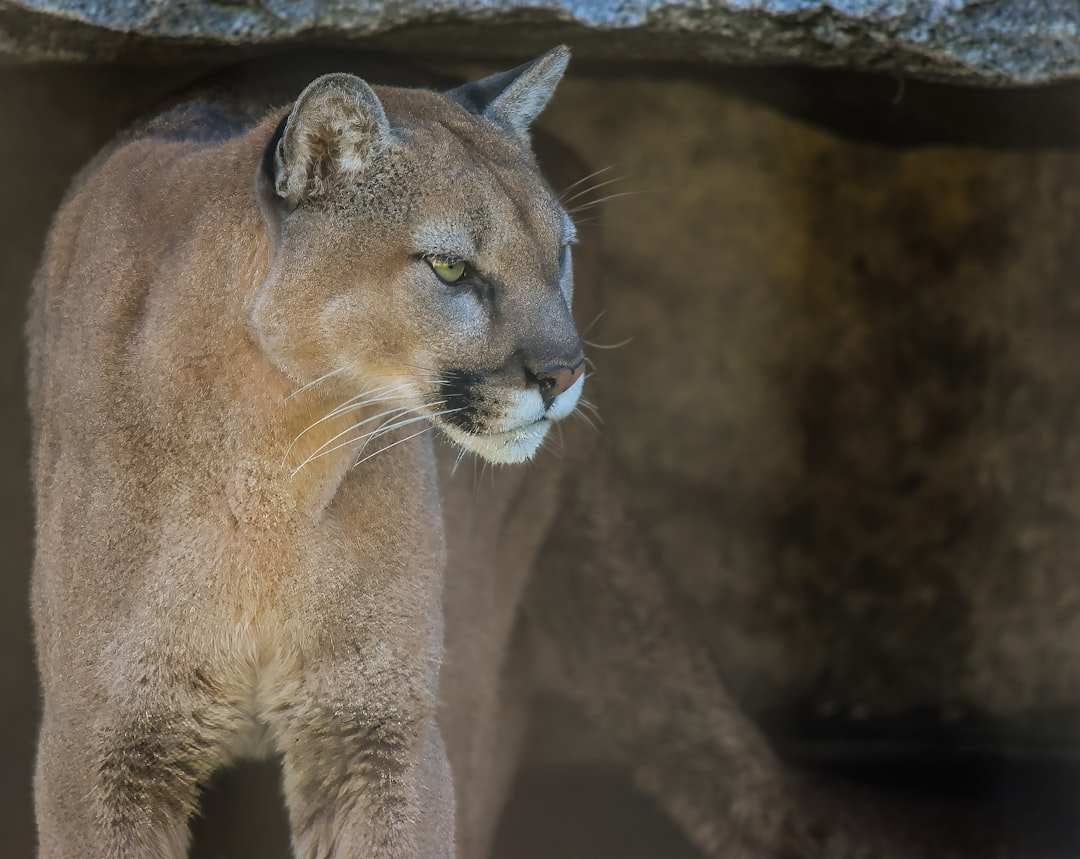
Mountain lions are opportunistic predators, but they have a favorite meal. Recent research shows that deer constitutes a major portion of the Mountain Lion’s diet. Mountain lions frequently kill deer as their primary food source. But here’s the kicker – deer populations in many areas are struggling too.
With fewer deer for mountain lions to find, they’re moving around more to find food. A lion moving around more means it’s going to cross more roads and get hit more often. It’s a hunger-driven desperation that pushes these normally reclusive cats into increasingly risky situations, including suburban neighborhoods where they hope to find easier prey.
The Behavioral Shift: Bold New World
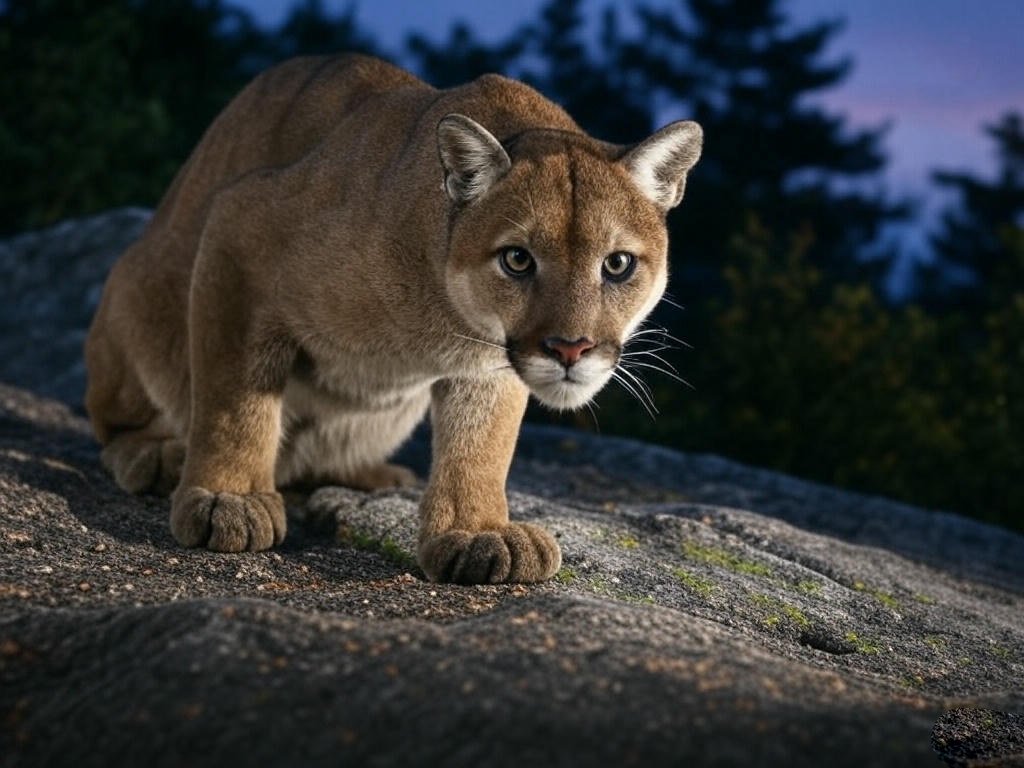
Something fundamental has changed in mountain lion behavior, and longtime residents notice it immediately. Beforehand, people could yell and scream, and the lion would take off. Now people are yelling and screaming and the lion’s just staring at them, like ‘Why are you yelling at me?’
Recent research highlights the remarkable adaptability of these apex predators, revealing that they are shifting towards nocturnal activity in areas with higher human activity. These cats are literally rewriting their behavioral playbook to coexist with us, becoming creatures of the night when we’re creatures of the day.
Urban Edge Living: The Perfect Storm
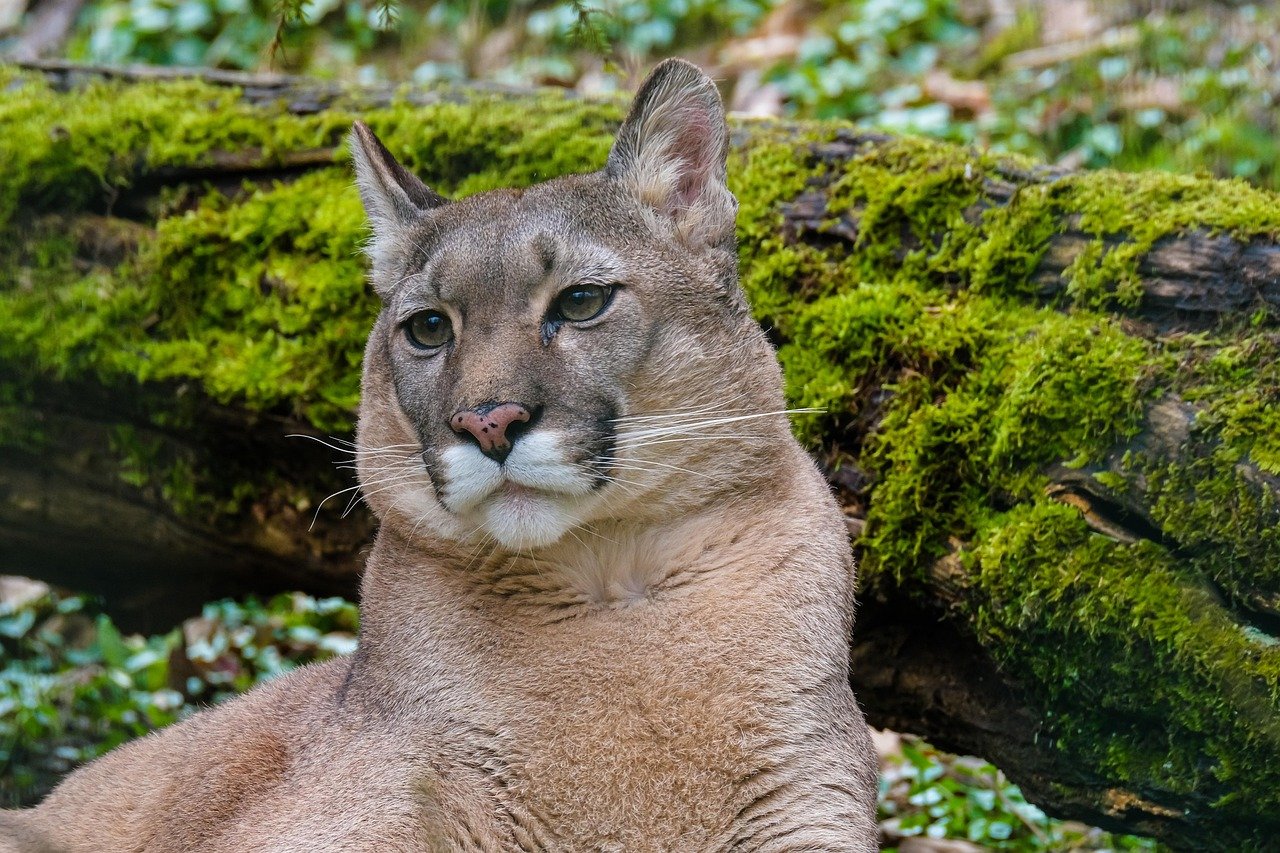
California’s suburban design creates what experts call the “urban-wildland interface” – essentially, the places where your backyard meets genuine wilderness. Such conditions exist in mountain subdivisions, urban fringes, and open spaces. Consequently, the number of mountain lion/human interactions has increased.
Mountain lions are using the wildland area that borders densely populated corridors as a thoroughfare to get to less densely populated areas or search for food or water. Think of suburban neighborhoods as unavoidable pit stops on mountain lion highways – they’re not necessarily hunting us, but they have to pass through our world to reach theirs.
The Prey Factor: Suburban Buffet
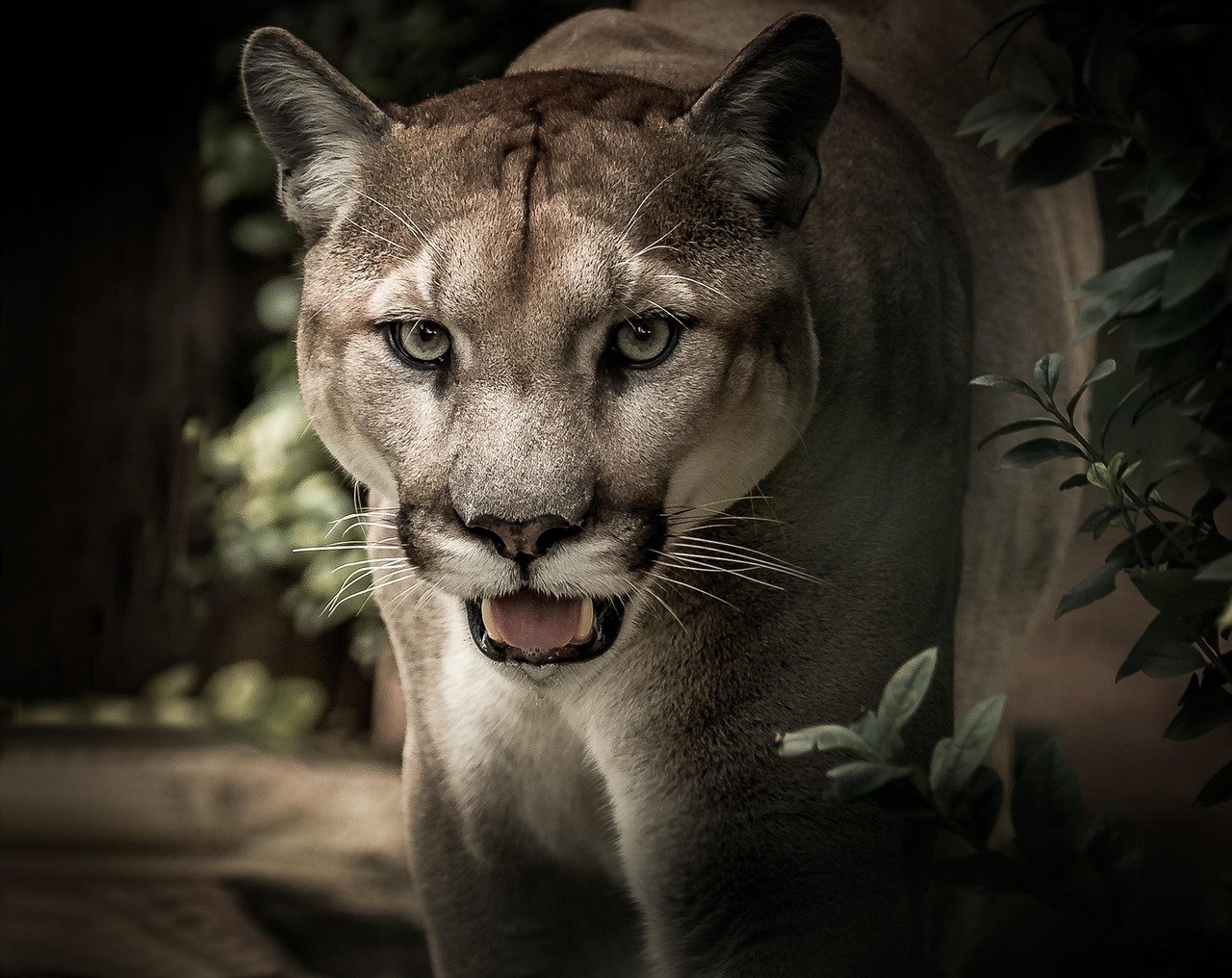
Suburban environments offer an unexpected smorgasbord for hungry mountain lions. Domestic animals, pet food left outside, and the deer that increasingly graze in well-watered suburban landscapes create an artificial ecosystem. When mountain lions are taking a German Shepherd mix at five o’clock in the afternoon in front of the owner, they’re not afraid of anything.
In other areas deer are increasing, particularly non-migratory populations associated with suburbs and agricultural areas. Ironically, while wild deer populations struggle, suburban deer thrive on landscaping and garden vegetables, creating hotspots that naturally attract their primary predator.
The Desperation Element: Skinny and Searching
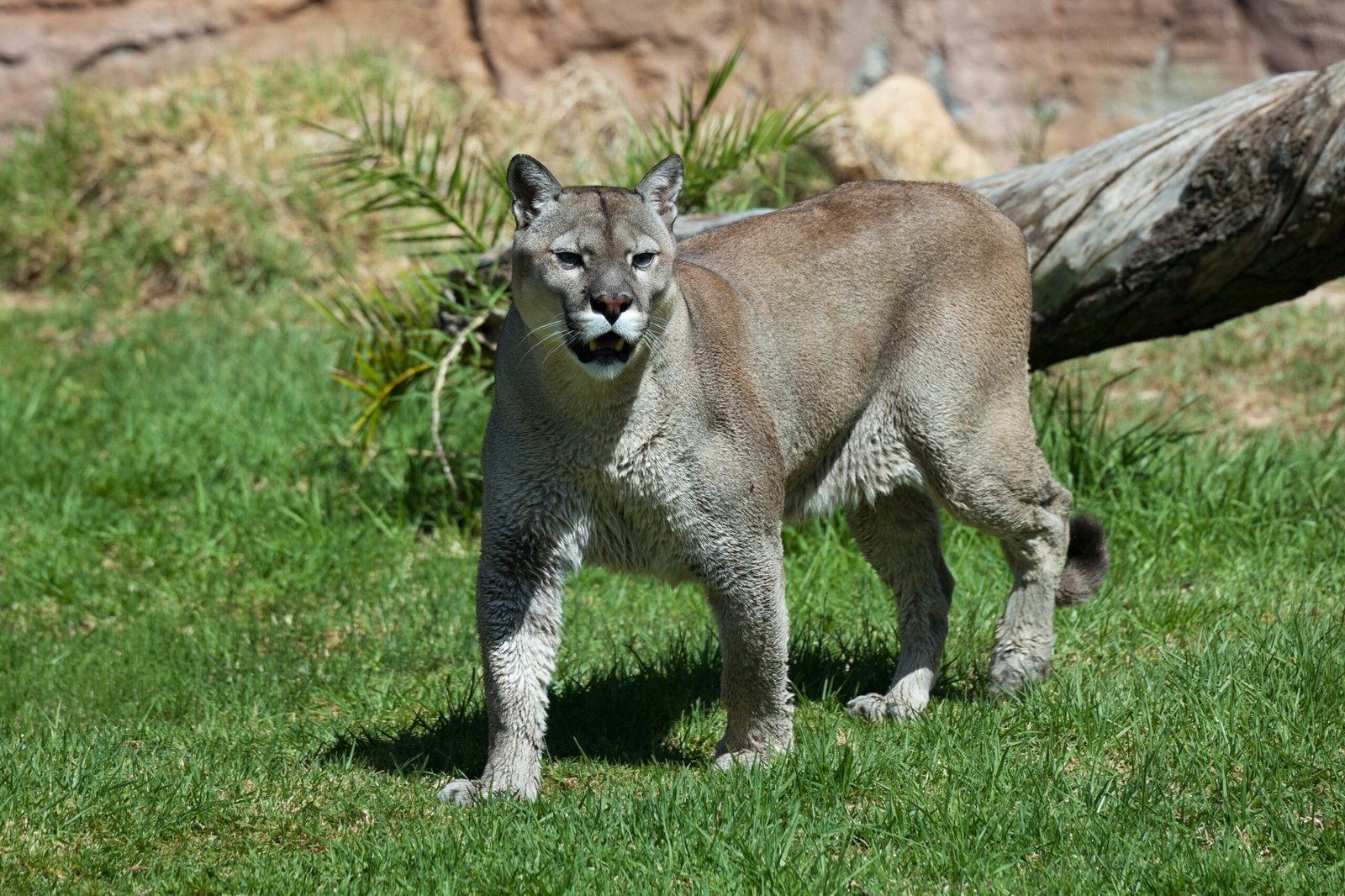
Field reports reveal something troubling about the mountain lions showing up in suburbs. Reports of mountain lions in El Dorado County tend to note that they look “really skinny,” leading experts to wonder if they’re driven toward humans out of desperation for food.
This isn’t the behavior of healthy, well-fed predators. These are animals pushed to the edge, making increasingly risky decisions because their traditional hunting grounds no longer provide adequate resources. When a normally solitary, cautious apex predator starts taking desperate risks, it signals a ecosystem in serious trouble.
The Protection Paradox: Legal Complications
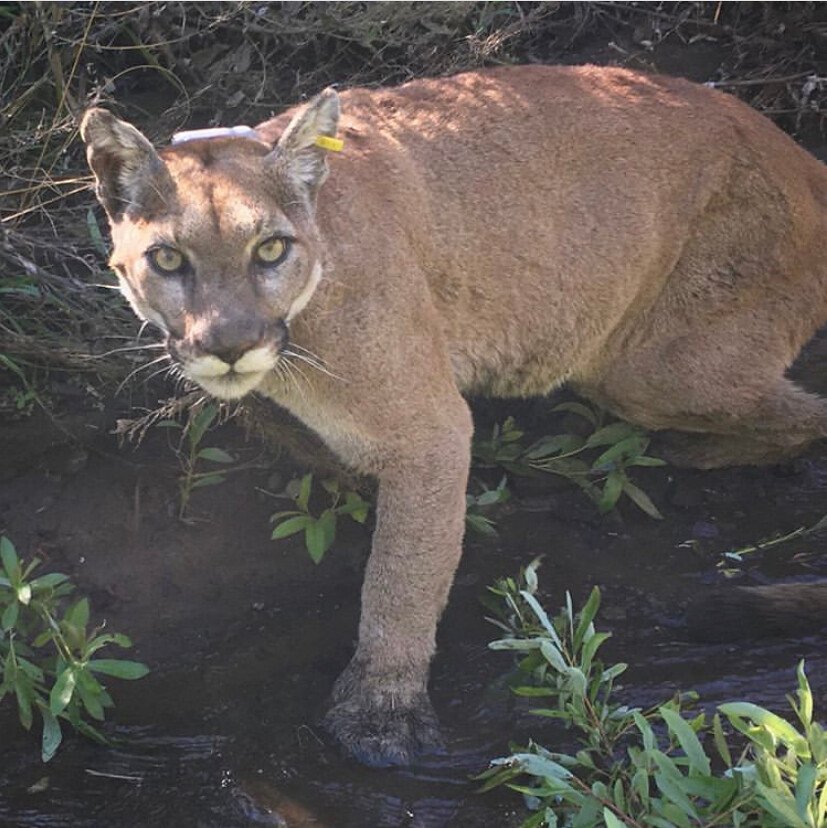
California’s legal framework creates an interesting dynamic. In 1990, voters passed Proposition 117, which classified mountain lions as a specially protected mammal and permanently banned lion hunting in the state. Law enforcement is prohibited from killing a mountain lion unless it is actively endangering human lives or property.
This protection has likely helped maintain population numbers, but it also means that problem lions can’t be easily removed. A population survey published last year estimated that there were between 3,200 and 4,500 mountain lions in California. The challenge becomes managing a protected predator population that’s increasingly coming into conflict with suburban life.
Climate and Environmental Pressures
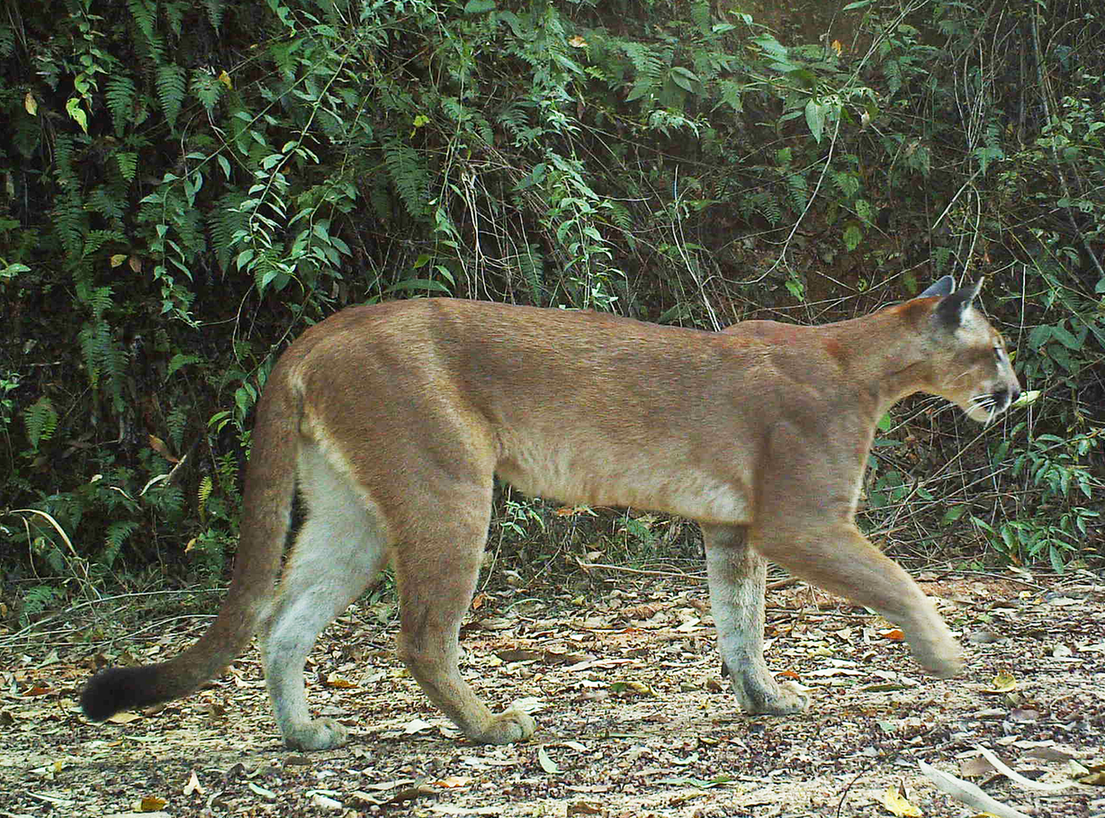
California’s environmental challenges compound the suburban expansion issue. Prolonged droughts, wildfires, and climate change affect both prey availability and habitat quality. More than 100 years of urbanization has taken its toll on mountain lions in central California. Roads and rural residential development have fractured the large, connected territories that they rely on for hunting, breeding, and survival.
When natural water sources dry up and fire destroys habitat, mountain lions logically move toward areas with reliable resources – which often means following creeks and water sources that lead directly through suburban developments. Our landscaping and swimming pools become inadvertent wildlife magnets during tough environmental times.
The Solution Challenge: Building Bridges
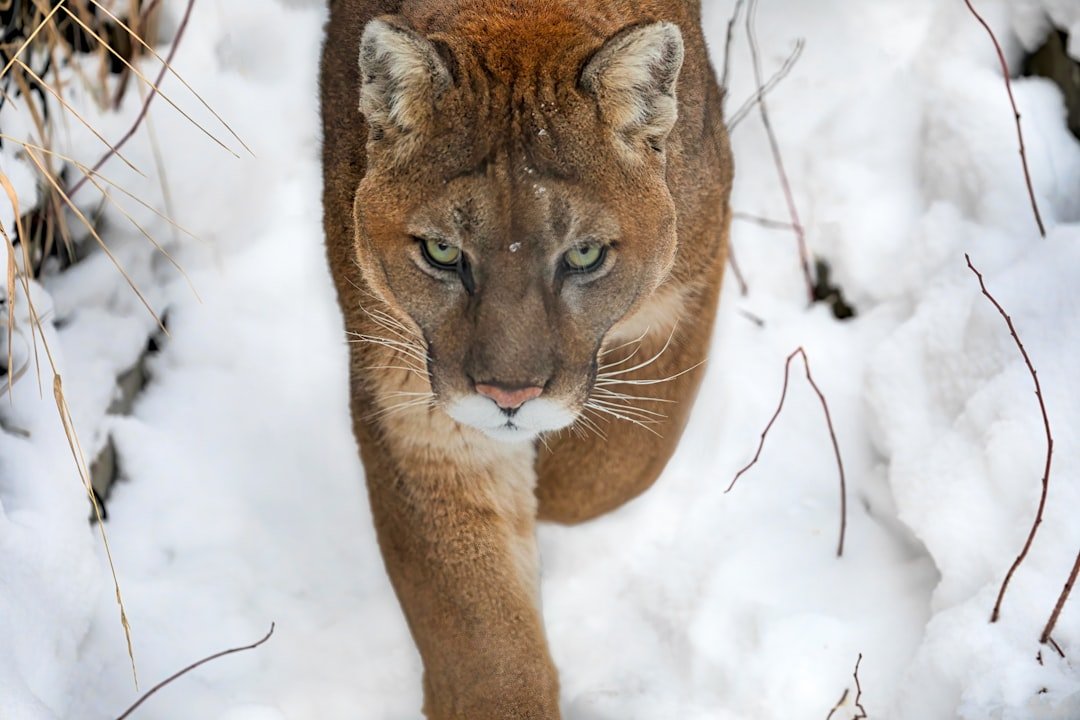
The path forward isn’t about removing mountain lions – it’s about reconnecting their world. Conservation efforts are working to secure land that supports the future build of a wildlife crossing over Highway 101, where mountain lions lack the ability to safely cross the road.
California needs clear state mandates to improve wildlife connectivity. The California Department of Transportation, state lawmakers and local officials need to build wildlife crossings and protect large areas of intact habitat so mountain lions have room to thrive. Think of it as building bridges not just over highways, but between two worlds that desperately need to coexist.
Conclusion
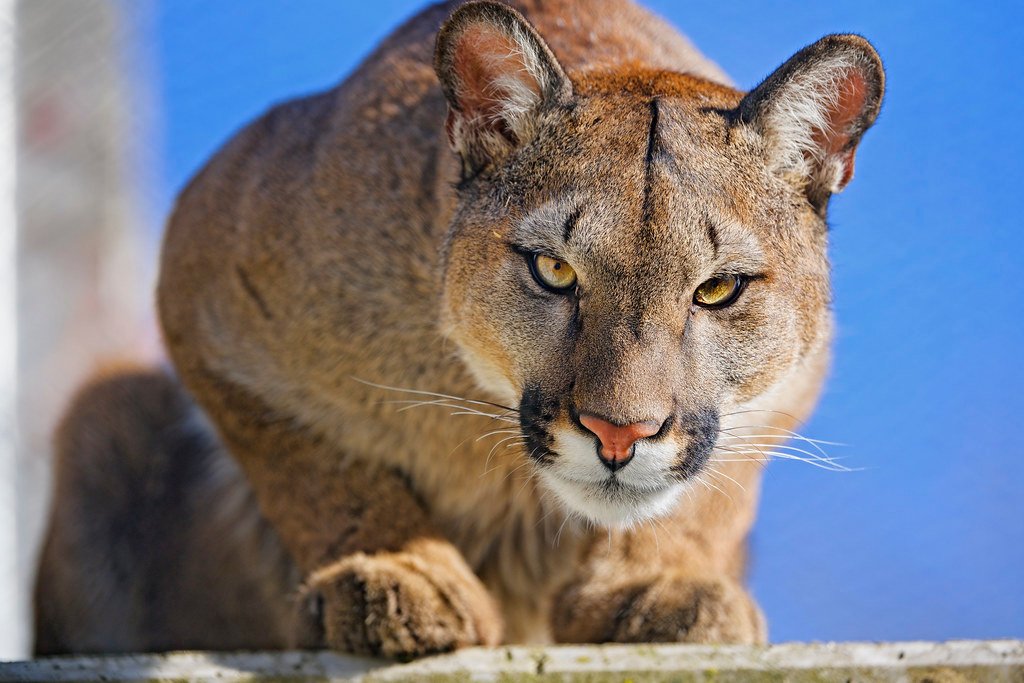
The expansion of mountain lions into California’s suburbs isn’t really about bold predators invading human spaces – it’s about desperate animals trying to survive in a world we’ve dramatically altered. From genetic bottlenecks caused by highway barriers to the hunger driving them toward suburban prey, these magnificent cats are making the best of an increasingly impossible situation.
Perhaps the most remarkable thing isn’t that mountain lions are showing up in suburban kitchens, but that they’ve managed to adapt at all. Their presence in our neighborhoods is both a warning and an opportunity – a chance to reimagine how we share this remarkable state with the wild creatures that were here first.
What would you have guessed – that the solution lies in better fences, or better bridges?

Jan loves Wildlife and Animals and is one of the founders of Animals Around The Globe. He holds an MSc in Finance & Economics and is a passionate PADI Open Water Diver. His favorite animals are Mountain Gorillas, Tigers, and Great White Sharks. He lived in South Africa, Germany, the USA, Ireland, Italy, China, and Australia. Before AATG, Jan worked for Google, Axel Springer, BMW and others.


